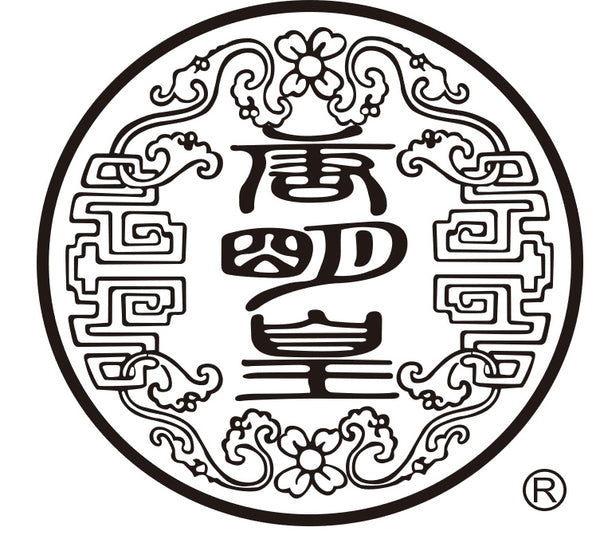
Tang Dynasty: The Starting Point of Tea Culture—Join Tang Ming Huang in Exploring the History of Tea!
Share
Did you know? According to Lu Yu's The Classic of Tea, “Tea as a beverage originated with the Divine Farmer (Shen Nong).” However, the true origins of tea are shrouded in mystery, with no definitive historical conclusion. There’s a saying, “Tea flourished in the Tang Dynasty and reached its peak in the Song Dynasty.” This makes the Tang Dynasty a pivotal period in the history of tea culture. During this era, tea evolved from a medicinal remedy into a cultural symbol, becoming an integral part of daily life across all social classes. Whether in the grandeur of imperial palaces or the bustling tea houses frequented by commoners, tea played an essential role. Let’s explore this era when tea culture began to blossom and gain widespread popularity!
The Social Role and Popularization of Tea
Before the Tang Dynasty, tea was primarily used as medicine and was only consumed by a select few. However, with the Tang Dynasty's economic growth and improved productivity, tea became an indispensable part of everyday life.
The rise of tea culture in the Tang Dynasty was also closely tied to the spread of Buddhism, especially Zen Buddhism. According to the Record of Sights and Sounds by Feng Shi, during Emperor Xuanzong's reign, “At Lingyan Temple on Mount Tai, a Zen master named Jiangmo Shishi promoted Zen teachings. Practicing Zen required staying awake and abstaining from evening meals, so drinking tea was encouraged. Monks began carrying tea with them, and this practice spread widely, becoming a custom.” The word "Zen" is a transliteration of the Sanskrit term "dhyana," meaning meditation or deep contemplation. Tea was allowed during meditation to help practitioners stay alert. This connection between Zen practices in the north and tea consumption not only popularized tea in northern China but also stimulated tea production in the south, leading to a significant expansion of the Tang Dynasty's tea industry.
As time passed, tea became integrated into the daily lives of ordinary people. This widespread adoption was facilitated not only by religious influences but also by the growth of markets and advancements in transportation. Tea began to be traded freely in marketplaces, and tea houses—known as *chashe*—emerged as a result. The rise of tea houses marked the entry of tea culture into public life. These establishments became hubs for social gatherings, where people could drink tea, listen to stories, and engage in conversations. According to the Old Book of Tang, tea houses became vital centers for social interaction, further spreading tea culture among the masses.
Tea, Scholars, and the Royal Court
Tea often evokes words like "elegance," "freshness," and "refinement," largely due to its association with Tang Dynasty scholars who infused tea with deeper cultural and spiritual meanings. For these intellectuals, tea was not just a beverage but also a medium for spiritual solace and intellectual exchange.
Scholars often organized tea gatherings in natural settings or private courtyards. These tea banquets served as social events where poetry, philosophy, and art were discussed. These gatherings went beyond mere tea drinking, encompassing poetry recitations and calligraphy. Such cultural exchanges enriched tea culture and intertwined it with literary and artistic traditions, elevating it to a refined lifestyle.
Meanwhile, tea held a prominent place in the royal court. It was regarded as a symbol of luxury and power, with dedicated officials overseeing the selection and preparation of tea. Tang emperors, including Emperor Xuanzong (Tang Minghuang), highly valued tea as a prized commodity. Tea was often used as a diplomatic gift, symbolizing respect and friendship. The emperor frequently bestowed high-quality tea upon foreign envoys and domestic officials, highlighting the significance of tea in the royal court and its influence in political and diplomatic spheres.
The Legacy and Influence of Tang Dynasty Tea Culture
The Tang Dynasty marked the starting point of tea culture, but its influence extended far beyond this era. In the Song Dynasty, tea culture became even more refined, with advancements in tea utensils and the emergence of competitive tea-tasting events. Tea’s cultural significance expanded to encompass all levels of society.
Tang tea culture not only influenced later dynasties but also spread to other parts of East Asia, particularly Japan and Korea, through cultural exchanges. Today, enjoying a cup of tea is more than just a sensory experience; it is a journey through a cultural legacy spanning over a thousand years.
